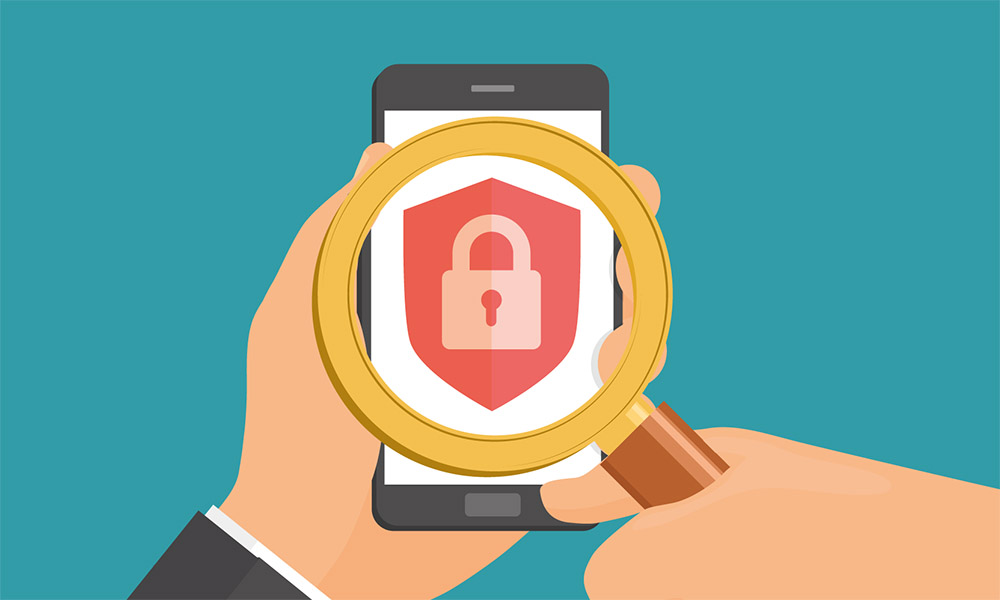
Security and your iPhone
Smartphone security is increasingly in the news and, as we use our phones and tablets to store a vast amount of personal information and professional data, it is always wise to protect them with a ‘belt and braces’ approach.
Assuming that the generic settings on your device will be sufficient is unwise, so how about you make one of your New Year’s resolutions to make sure that your phone is as secure as it can be? Starting with iPhones, here is a quick guide.
Start by thinking physical
If you’re going to spend money on a high-quality phone like an iPhone, spend a little more on getting it a robust case. Forget cosmetic looks (although some of the best cases do actually look good) and head for a brand that gives outstanding protection.
On a similar note, “Find my iPhone” notwithstanding, iPhones are still attractive targets for thieves. The reality is that the lock system essentially shuts down the circuit board, but leaves other parts usable and anyone who has had to replace an iPhone screen or battery knows that these parts have value.
Keep basic security principles in mind at all times, thinking about where you keep your phone and where you are when you use it.
Be prepared for theft
It’s a depressing thought, but physical theft is one of the biggest threats to iPhones so be prepared for it in three simple steps:
1. Enable Find My iPhone
Find My iPhone is a bit of a controversial feature in that, if a phone is stolen, it is usually considered unsafe for people to go and tackle thieves themselves. Having said that, Find My iPhone can be used to erase any data on the phone and render it unusable, which at least has clear security benefits. So even if you’re not going to follow the digital trail and turn up on the thief’s doorstep, you can pass information onto the police and at least make your data safe.
2. Use some sort of ID check to access your phone
With a modern iPhone, then you will probably be able to use Touch ID, basically a fingerprint scanner, to get into your phone, which is often a whole lot more convenient than entering a passcode.
You still need to set up a passcode to use Touch ID and there are various reasons for this, one of which being that fingerprint recognition can fail if your fingers get too hot or too cold as this causes blood vessels to expand and contract changing the shape of your fingerprint. Also, it means you can open your phone while wearing “smartphone gloves”, which can be a distinct plus in winter.
3. Disable certain apps from your lock screen
A Twitter user found an iPhone and asked Siri who its owner called most frequently, what her name was and dialled a number, all without getting beyond the lock screen. She was able to learn where the phone owner’s car was parked, where she lived, and more.
With that in mind, she recommends going to Settings > Touch ID & Passcode and unchecking Siri, Today View and Notification View for security and safety reasons. At a minimum. You could uncheck everything.
Protect your iPhone with antivirus software
According to Apple, iOS is so secure you don’t need an antivirus on your iPhone and, to the best of our knowledge, the only iPhones which have been recorded as being infected by a virus are jailbroken ones.
Having said that, we’d still say that an antivirus app is a good idea and there are options which are both free and reputable.



